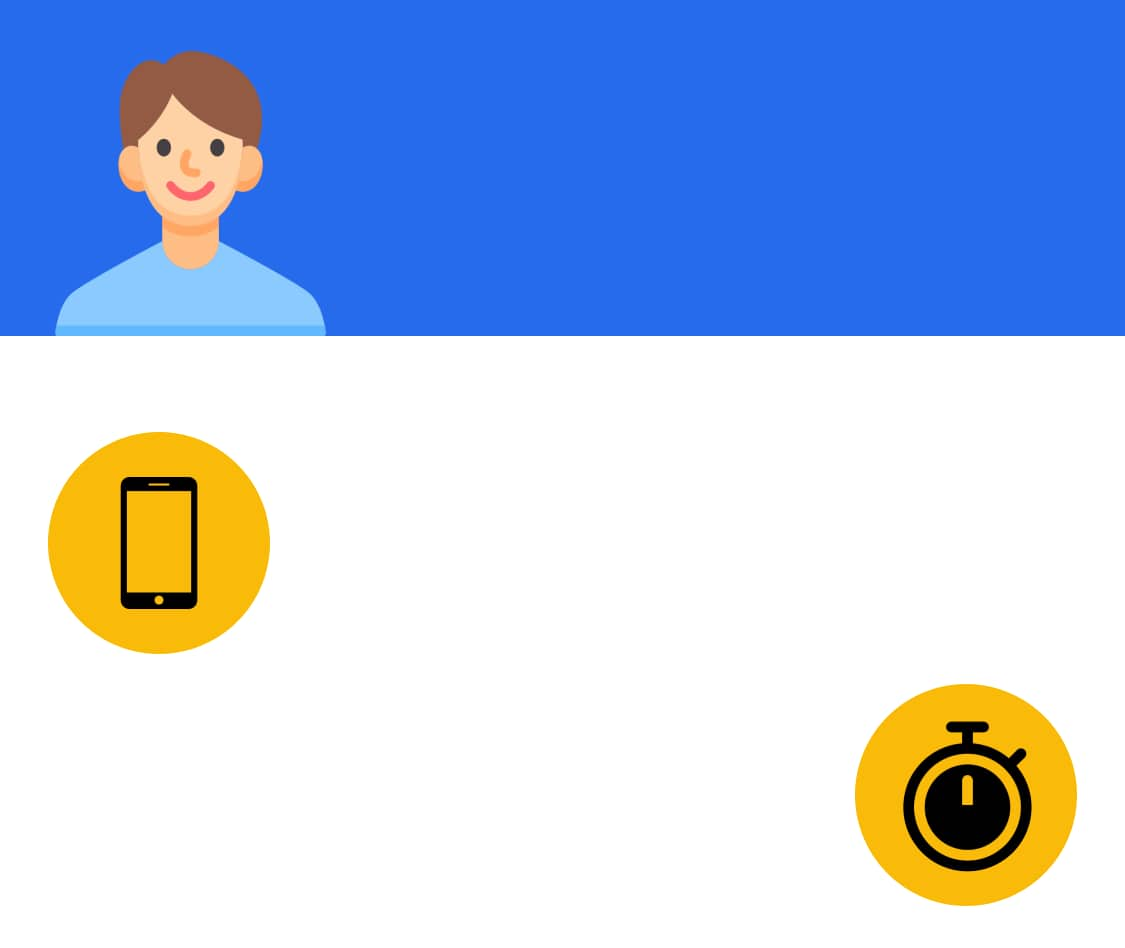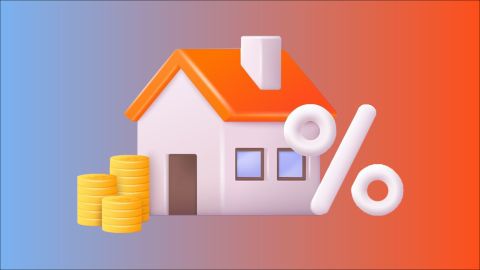The Pradhan Mantri Awas Yojana is a government scheme that aims to offer affordable housing for the weaker sections of society. It was launched in 2015, and it targets the construction of 2 crore homes for the urban poor by 31st December 2024. It has several provisions and to avail these, you need to qualify as a beneficiary. This information is available on the PMAY list.
PMAY has many provisions for beneficiaries. One of these is the CLSS or credit linked subsidy scheme, which provides an interest subsidy on home loans in India to build, purchase or renovate existing homes. However, in order to avail this benefit, you need to feature on the Pradhan Mantri Awas Yojana beneficiary list.
If you are planning to purchase a home but do not qualify for PMAY benefits, securing affordable financing becomes crucial for your homeownership journey. Check your eligibility for a home loan from Bajaj Finserv with competitive interest rates starting from 7.15%* p.a and loan amounts up to Rs. 15 Crore*. You may already be eligible, find out by entering your mobile number and OTP.
What is Pradhan Mantri Awas Yojana?
The Pradhan Mantri Awas Yojana (PMAY) is a government-led housing initiative designed to help people from economically weaker backgrounds own a home. It aims to make affordable housing available to the poor in both rural and urban areas by building nearly 20 million homes at a reasonable cost.
The scheme has two main categories:
PMAY-Urban (PMAY-U) – for people living in cities and towns.
PMAY-Gramin (PMAY-G) – for families living in villages and rural regions.
PMAY is also closely linked to other central government schemes that improve living standards. These include:
Swachh Bharat Abhiyan – for clean surroundings and toilet construction.
Saubhagya Yojana – for providing electricity connections.
Ujjwala Yojana – for distributing LPG gas connections.
Access to safe drinking water – improving basic water availability.
Pradhan Mantri Jan Dhan Yojana – helping people open zero-balance bank accounts and join the formal banking system.
Together, these schemes ensure that beneficiaries of PMAY receive not just a house, but a better standard of living with essential amenities. By combining housing support with other social welfare programmes, the government aims to create more secure and comfortable homes for economically vulnerable groups.
Key facts about PMAY in 2025
The Pradhan Mantri Awas Yojana (PMAY) continues to evolve in 2025, supporting millions of families with safe and affordable homes.
PMAY-Urban (PMAY-U)
This part of the scheme supports different construction options. It includes individual house construction for EWS beneficiaries, who can receive central aid of up to Rs. 1.5 lakh. It also involves partnerships with private or public entities to develop affordable housing. Additionally, a Credit Linked Subsidy Scheme (CLSS) is available for people with an annual income of up to Rs. 18 lakh. As of 2 February 2025, over 3.34 crore houses have been sanctioned under PMAY-U, and 2.69 crore have been built.
PMAY-Gramin (PMAY-G)
This rural-focused scheme helps eligible families without proper housing in villages. In 2025, new beneficiaries are being identified using the Awaas+ 2024 Mobile App, ensuring an up-to-date and fair list. PMAY-G has brought significant improvements to rural living standards by providing pucca houses.
Funding and budget
In the 2024-25 Union Budget, Rs. 2.2 lakh crore has been allocated to construct an additional 3 crore homes, with Rs. 10 lakh crore total investment targeting 1 crore middle-class and low-income urban families under PMAY-U 2.0.
Monitoring and transparency
The government ensures accountability using community monitoring through Self Help Groups (SHGs) and formal audits in every Gram Panchayat. Beneficiary payments are transferred directly to bank or post office accounts via the AwaasSoft-PFMS platform.
Surveys and updates
The ongoing 2025 survey using the Awaas+ 2024 App enables rural families to self-enrol or participate in assisted surveys.
Income-based eligibility
The scheme divides income groups as follows:
EWS – Up to Rs. 3 lakh
LIG – Rs. 3 lakh to Rs. 6 lakh
MIG-I – Rs. 6 lakh to Rs. 12 lakh
MIG-II – Rs. 12 lakh to Rs. 18 lakh
Many families earning above Rs. 18 lakh annually may not qualify for PMAY subsidies but still need financial support for home purchases. Explore your home loan options with Bajaj Finserv, offering flexible tenure up to 32 years and hassle-free approval in 48 hours*. You may already be eligible, check your offers by entering your mobile number and OTP.
State-led plans
For example, Uttar Pradesh plans to construct over 60 lakh houses under PMAY-G in the 2025–26 period.
Who is eligible for PMAY 2025?
A household under PMAY includes a husband, wife, and any unmarried children. To apply under the scheme, the following conditions must be met:
Family ownership
Applicants should not own a pucca house anywhere in India in their own name or in the name of a family member. If the house is smaller than 21 sqm, they may qualify for assistance to expand it.
Age and employment
Any adult who earns an income is considered a separate household, even if they are unmarried, and can apply under PMAY.
Marital status
In married couples, either spouse or both jointly can be eligible, provided the family’s income fits the scheme’s limits.
Income group and social category
Beneficiaries from the Economically Weaker Section (EWS) can access all PMAY components. Those from the Low Income Group (LIG) and Middle Income Group (MIG) are eligible for support under the CLSS part of the scheme.
Additionally, Scheduled Castes (SC), Scheduled Tribes (ST), Other Backward Classes (OBC), and women from EWS and LIG groups are also eligible to benefit from PMAY 2025.
State-wise PMAY beneficiaries list for 2025
To know more about the state-wise PMAY list of completed houses, refer to the below table.
State |
Houses sanctioned under PMAY |
Houses completed/ sanctioned under PMAY |
Andhra Pradesh |
20,05,932 |
16% |
Uttar Pradesh |
15,73,029 |
27% |
Maharashtra |
11,72,935 |
23% |
Madhya Pradesh |
7,84,215 |
40% |
Tamil Nadu |
7,67,664 |
38% |
Karnataka |
6,51,203 |
25% |
Gujarat |
6,43,192 |
58% |
West Bengal |
4,09,679 |
46% |
Bihar |
3,12,544 |
21% |
Haryana |
2,67,333 |
8% |
Chhattisgarh |
2,54,769 |
31% |
Telangana |
2,16,346 |
45% |
Rajasthan |
2,00,000 |
38% |
Jharkhand |
1,98,226 |
38% |
Odisha |
1,53,771 |
44% |
Kerala |
1,29,297 |
55% |
Assam |
1,17,410 |
15% |
Punjab |
90,505 |
25% |
Tripura |
82,034 |
50% |
Jammu |
54,600 |
12% |
Manipur |
42,825 |
9% |
Uttarakhand |
39,652 |
33% |
Nagaland |
32,001 |
13% |
Mizoram |
30,340 |
10% |
Delhi |
16,716 |
- |
Puducherry |
13,403 |
21% |
Himachal Pradesh |
9,958 |
36% |
Arunachal Pradesh |
7,230 |
25% |
Meghalaya |
4,672 |
21% |
Dadra and Nagar Haveli |
4,320 |
51% |
Ladakh |
1,777 |
21% |
Daman & Diu |
1,233 |
61% |
Goa |
793 |
93% |
Andaman and Nicobar |
612 |
3% |
Sikkim |
537 |
45% |
Chandigarh |
327 |
- |
Lakshadweep |
0 |
0% |
Once you apply for Pradhan Mantri Awas Yojana, you will receive an application reference number to check if your name is enlisted on the Pradhan Mantri Awas Yojana new list 2023. This list contains the names of individuals whose applications have been accepted.









 Personal Loan
Personal Loan Check Eligibility
Check Eligibility Salaried Personal Loan
Salaried Personal Loan EMI Calculator
EMI Calculator Account Aggregator
Account Aggregator Credit Pulse Report
Credit Pulse Report
 Deals starting @99
Deals starting @99 Min. 50% off
Min. 50% off
 Bajaj Pay
Bajaj Pay Wallet to Bank
Wallet to Bank
 Easy EMI Loan
Easy EMI Loan Savings Offer
Savings Offer Smartphones
Smartphones Led TVs
Led TVs Washing Machines
Washing Machines Laptops
Laptops Refrigerators
Refrigerators Air Conditioner
Air Conditioner Air Coolers
Air Coolers
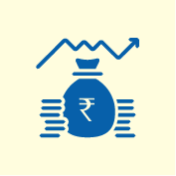 Loan Against Shares
Loan Against Shares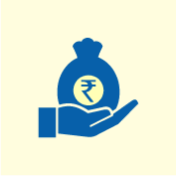 Loan Against Mutual Funds
Loan Against Mutual Funds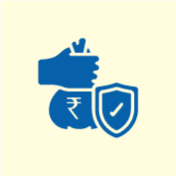 Loan Against Insurance Policy
Loan Against Insurance Policy ESOP Financing
ESOP Financing Easy EMI Loan
Easy EMI Loan Two-wheeler Loan
Two-wheeler Loan Loan for Lawyer
Loan for Lawyer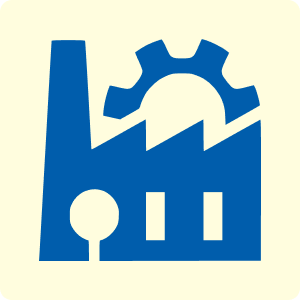 Industrial Equipment Finance
Industrial Equipment Finance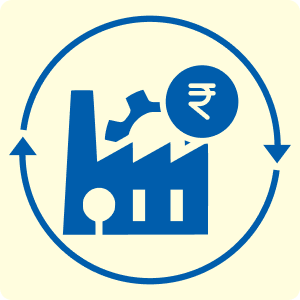 Industrial Equipment Balance Transfer
Industrial Equipment Balance Transfer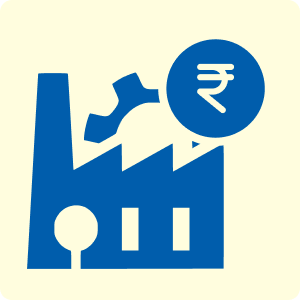 Industrial Equipment Refinance
Industrial Equipment Refinance Personal Loan Branch Locator
Personal Loan Branch Locator Used Tractor Loan
Used Tractor Loan Loan Against Tractor
Loan Against Tractor Tractor Loan Balance Transfer
Tractor Loan Balance Transfer Flexi
Flexi View All
View All
 Two-wheeler Loan
Two-wheeler Loan Bike
Bike Scooter
Scooter Electric Vehicle
Electric Vehicle Best Sellers
Best Sellers Popular Brands
Popular Brands

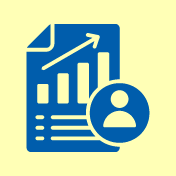 Trading Account
Trading Account Open Demat Account
Open Demat Account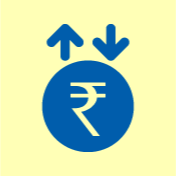 Margin Trading Financing
Margin Trading Financing Share Market
Share Market Invest in IPO
Invest in IPO All stocks
All stocks Top gainers
Top gainers Top losers
Top losers 52 week high
52 week high 52 week low
52 week low Loan against shares
Loan against shares
 Home Loan
Home Loan Transfer your existing Home loan
Transfer your existing Home loan Loan against Property
Loan against Property Home Loan for Salaried
Home Loan for Salaried Home loan for self employed
Home loan for self employed Loan Against Property Balance Transfer
Loan Against Property Balance Transfer Home Loan EMI Calculator
Home Loan EMI Calculator Home Loan eligibility calculator
Home Loan eligibility calculator Home Loan balance transfer
Home Loan balance transfer View All
View All
 Term Life Insurance
Term Life Insurance ULIP Plan
ULIP Plan Savings Plan
Savings Plan Family Insurance
Family Insurance Senior Citizen Health Insurance
Senior Citizen Health Insurance Critical Illness Insurance
Critical Illness Insurance Child Health Insurance
Child Health Insurance Pregnancy and Maternity Health Insurance
Pregnancy and Maternity Health Insurance Individual Health Insurance
Individual Health Insurance Low Income Health Insurance
Low Income Health Insurance Student Health Insurance
Student Health Insurance Group Health Insurance
Group Health Insurance Retirement Plans
Retirement Plans Child Plans
Child Plans Investment Plans
Investment Plans
 Business Loan
Business Loan Secured Business Loan
Secured Business Loan Loan against property
Loan against property Loans against property balance transfer
Loans against property balance transfer Loan against shares
Loan against shares Home Loan
Home Loan Loans against mutual funds
Loans against mutual funds Loan against bonds
Loan against bonds Loan against insurance policy
Loan against insurance policy
 Apply for Gold Loan
Apply for Gold Loan Transfer your Gold Loan with Us
Transfer your Gold Loan with Us Gold Loan Branch Locator
Gold Loan Branch Locator
 ULIP Plan
ULIP Plan Savings Plan
Savings Plan Retirement Plans
Retirement Plans Child Plans
Child Plans Free Demat Account
Free Demat Account Invest in Stocks
Invest in Stocks Invest in IPO
Invest in IPO Margin Trading Facility
Margin Trading Facility Fixed Deposit Branch Locator
Fixed Deposit Branch Locator
 Check your Credit Score
Check your Credit Score
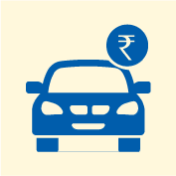 New Car Loan
New Car Loan Used Car Loan
Used Car Loan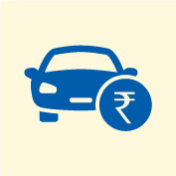 Loan Against Car
Loan Against Car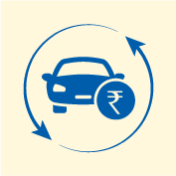 Car Loan Balance Transfer and Top-up
Car Loan Balance Transfer and Top-up My Garage
My Garage
 Get Bajaj Prime
Get Bajaj Prime
 Mobiles on EMI
Mobiles on EMI Electronics on EMI Offer
Electronics on EMI Offer  Iphone on EMI
Iphone on EMI LED TV on EMI
LED TV on EMI Refrigerator on EMI
Refrigerator on EMI Laptop on EMI
Laptop on EMI Kitchen appliances on EMI
Kitchen appliances on EMI Washing machines
Washing machines
 Personal Loan EMI Calculator
Personal Loan EMI Calculator Personal Loan Eligibility Calculator
Personal Loan Eligibility Calculator Home Loan EMI Calculator
Home Loan EMI Calculator Home Loan Eligibility Calculator
Home Loan Eligibility Calculator Good & Service Tax (GST) Calculator
Good & Service Tax (GST) Calculator Flexi Day Wise Interest Calculator
Flexi Day Wise Interest Calculator Flexi Transaction Calculator
Flexi Transaction Calculator Secured Business Loan Eligibility Calculator
Secured Business Loan Eligibility Calculator Fixed Deposits Interest Calculator
Fixed Deposits Interest Calculator Two wheeler Loan EMI Calculator
Two wheeler Loan EMI Calculator New Car Loan EMI Calculator
New Car Loan EMI Calculator Used Car Loan EMI Calculator
Used Car Loan EMI Calculator All Calculator
All Calculator Used Tractor Loan EMI Calculator
Used Tractor Loan EMI Calculator
 Hot Deals
Hot Deals Clearance Sale
Clearance Sale Kitchen Appliances
Kitchen Appliances Tyres
Tyres Camera & Accessories
Camera & Accessories Mattresses
Mattresses Furniture
Furniture Watches
Watches Music & Audio
Music & Audio Cycles
Cycles Mixer & Grinder
Mixer & Grinder Luggage & Travel
Luggage & Travel Fitness Equipment
Fitness Equipment Fans
Fans
 Personal Loan for Doctors
Personal Loan for Doctors Business loan for Doctors
Business loan for Doctors Home Loan
Home Loan Secured Business Loan
Secured Business Loan Loan against property
Loan against property Secured Business Loan Balance Transfer
Secured Business Loan Balance Transfer Loan against share
Loan against share Gold Loan
Gold Loan Medical Equipment Finance
Medical Equipment Finance
 Smart Hub
Smart Hub ITR Service
ITR Service Digi Sarkar
Digi Sarkar
 Savings Offer
Savings Offer Easy EMI
Easy EMI Offer World
Offer World 1 EMI OFF
1 EMI OFF New Launches
New Launches Zero Down Payment
Zero Down Payment Clearance Sale
Clearance Sale Bajaj Mall Sale
Bajaj Mall Sale
 Mobiles under ₹20,000
Mobiles under ₹20,000 Mobiles under ₹25,000
Mobiles under ₹25,000 Mobiles under ₹30,000
Mobiles under ₹30,000 Mobiles under ₹35,000
Mobiles under ₹35,000 Mobiles under ₹40,000
Mobiles under ₹40,000 Mobiles under ₹50,000
Mobiles under ₹50,000
 Articles
Articles
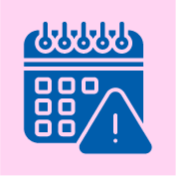 Overdue Payments
Overdue Payments Other Payments
Other Payments
 Document Center
Document Center Bank details & Documents
Bank details & Documents Tax Invoice Certificate
Tax Invoice Certificate
 Do Not Call Service
Do Not Call Service
 Hamara Mall Orders
Hamara Mall Orders

 Fixed Deposit (IFA) Partner
Fixed Deposit (IFA) Partner Loan (DSA) Partner
Loan (DSA) Partner Debt Management Partner
Debt Management Partner EMI Network Partner
EMI Network Partner Became a Merchant
Became a Merchant Partner Sign-in
Partner Sign-in
 Trade directly with your Demat A/c
Trade directly with your Demat A/c ITR
ITR My Garage
My Garage
 Live Videos - Beta
Live Videos - Beta
 Savings Offer
Savings Offer Smartphones
Smartphones LED TVs
LED TVs Washing Machines
Washing Machines Laptops
Laptops Refrigerators
Refrigerators Air Conditioners
Air Conditioners Air Coolers
Air Coolers Water Purifiers
Water Purifiers Tablets
Tablets Kitchen Appliances
Kitchen Appliances Mattresses
Mattresses Furniture
Furniture Music and Audio
Music and Audio Cameras & Accessories
Cameras & Accessories Cycle
Cycle Watches
Watches Tyres
Tyres Luggage & Travel
Luggage & Travel Fitness Equipment
Fitness Equipment Tractor
Tractor Easy EMI Loan
Easy EMI Loan
 vivo Mobiles
vivo Mobiles OPPO Mobiles
OPPO Mobiles Xiaomi Mobiles
Xiaomi Mobiles Sony LED TVs
Sony LED TVs Samsung LED TVs
Samsung LED TVs LG LED TVs
LG LED TVs Haier LED TVs
Haier LED TVs Godrej Refrigerators
Godrej Refrigerators Voltas Washing Machines
Voltas Washing Machines
 New Tractor Loan
New Tractor Loan Used Tractor Loan
Used Tractor Loan Loan Against Tractor
Loan Against Tractor Tractor Loan Balance Transfer
Tractor Loan Balance Transfer
 New Car Loan
New Car Loan New Cars Under ₹10 Lakh
New Cars Under ₹10 Lakh New Cars – ₹10–₹15 Lakh
New Cars – ₹10–₹15 Lakh New Cars – ₹15–₹20 Lakh
New Cars – ₹15–₹20 Lakh New Cars – ₹20–₹25 Lakh
New Cars – ₹20–₹25 Lakh New Car Brands
New Car Brands Petrol – New Cars
Petrol – New Cars Diesel – New Cars
Diesel – New Cars Electric – New Cars
Electric – New Cars CNG – New Cars
CNG – New Cars Hybrid – New Cars
Hybrid – New Cars


